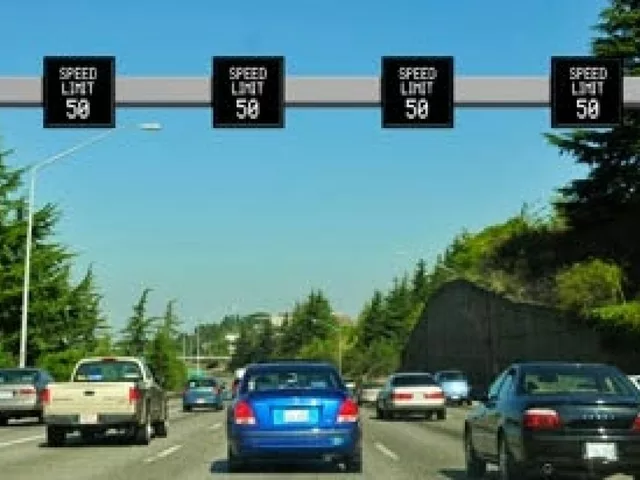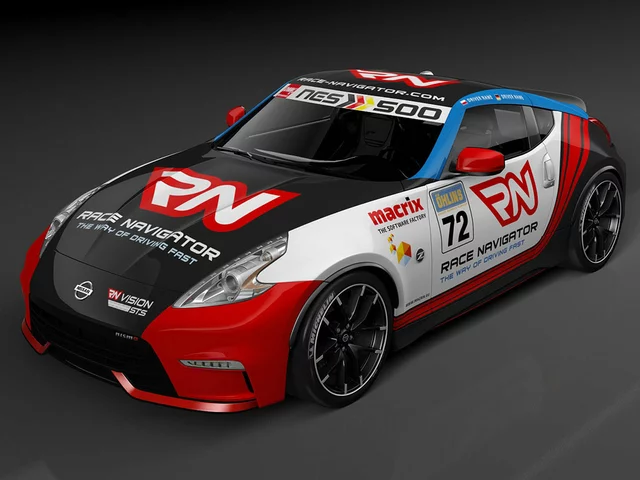Speed Limits: What Every UK Rider Needs to Know
If you're tearing up the streets on a bike or lining up for a track day, the speed limit rules are the first thing you should check. Ignoring them can cost you a ticket, a crash, or both. Below is a straight‑forward guide that tells you where the limits sit, why they matter, and how to stay within the law while still getting your adrenaline fix.
Public road limits for motorcycles
On UK roads, motorcycles follow the same posted limits as cars, but there are a few quirks. In built‑up areas you’re capped at 30 mph, while rural single carriageways usually allow up to 60 mph. Motorways let you sprint to 70 mph, provided the bike is capable and you’re comfortable. Remember, these are maximum speeds – you must always adjust for weather, traffic, and road surface. Riding a sport bike at 70 mph on a wet motorway isn’t just risky, it can be illegal if you can’t keep control.
The law also requires you to keep a safe distance. Even if you’re under the limit, tail‑gating can be deemed reckless. A good rule of thumb is the two‑second gap in dry conditions, stretched to four seconds when rain or fog rolls in. That gives you enough reaction time if the rider ahead brakes suddenly.
Track‑day speed limits and safety
On a closed circuit, the usual road limits disappear, but safety rules become stricter. Most UK tracks set their own maximum speeds for each section, often displayed on signage or in the rider briefing. For example, a tight hairpin might be limited to 40 mph, while a long straight could allow 120 mph. These limits are based on track layout, runoff area size, and the skill level of participants.
Before you hit the track, sign up for a rider‑orientation session. The instructors will walk you through the specific speed caps, flag signals, and when to expect safety car periods. Ignoring a local limit isn’t just a breach of the track’s rules – it endangers everyone on the circuit and can lead to a ban.
Both road and track scenarios share one common point: your bike’s setup matters. Tire pressure, suspension settings, and brake balance all affect how fast you can safely travel. A bike tuned for city riding may feel twitchy on a 120 mph straight, while a track‑focused setup might be too stiff for a bumpy country road.
So what’s the best way to stay legal and safe? First, keep a copy of the Highway Code in your glovebox and read the sections on motorcyclists. Second, check the track’s rider pack before you arrive – it usually lists all speed limits and safety procedures. Third, use a GPS speedometer or a bike‑mounted speedometer that updates in real time; it’s easier to stay within limits when you can see them at a glance.
Lastly, remember that speed limits exist to protect you and other road users. They’re not just numbers on a sign – they’re a baseline for safe riding. By respecting them, you can enjoy the thrill of riding without the guilt of breaking the law or risking a crash.
Got more questions about specific limits on your bike model or a particular track? Drop us a comment – we love helping fellow riders stay fast and safe.



